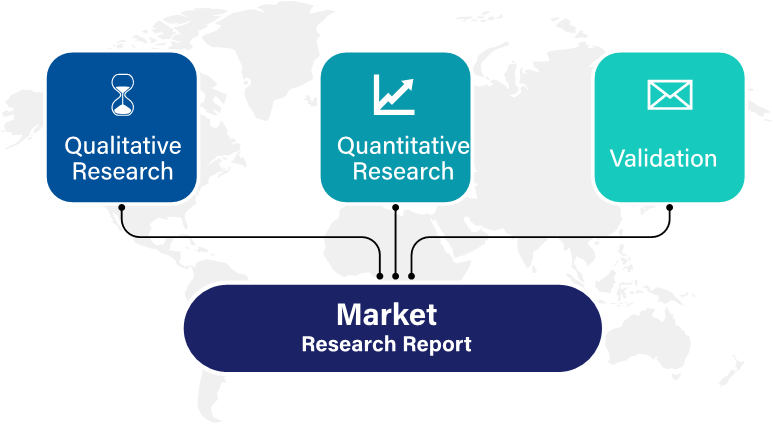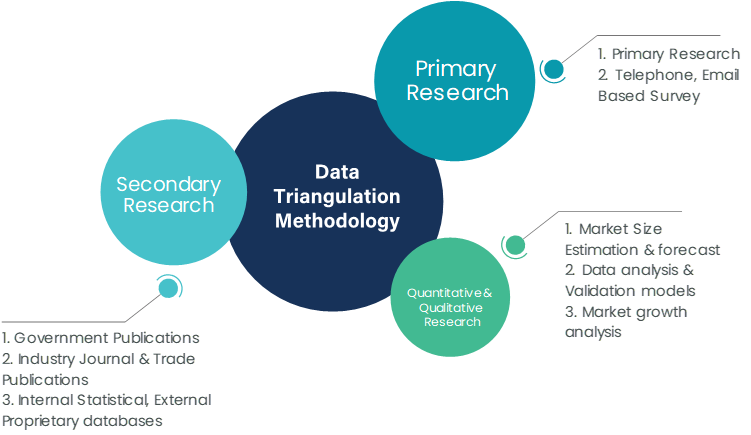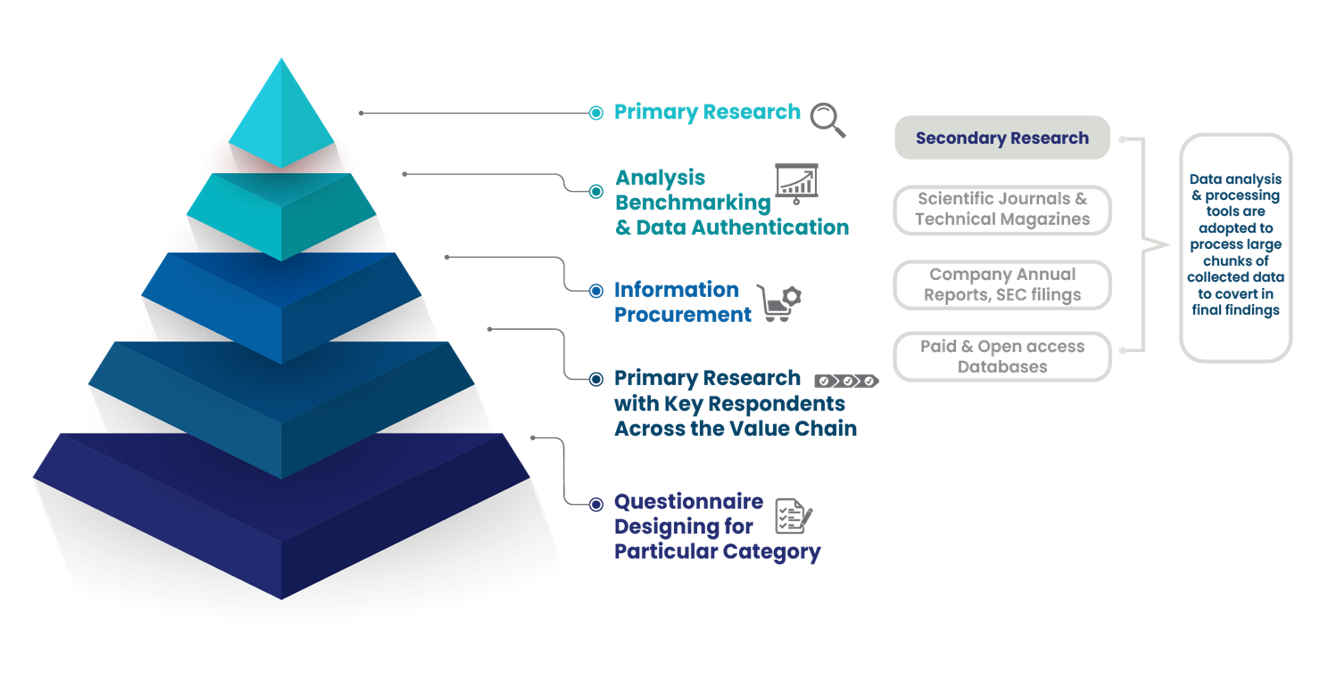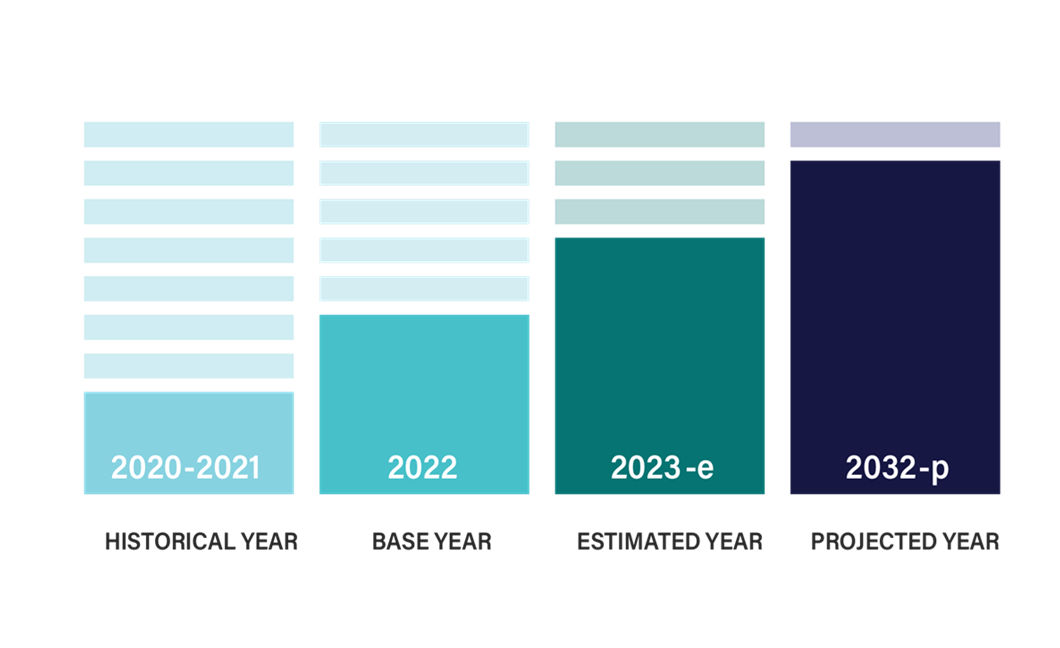

Executive Summary
The global single-use bioreactors (SUBs) market has shown significant growth in recent years, driven by increasing demand for flexible and cost-effective bioprocessing solutions, especially in the biopharmaceutical and biotechnology sectors. With the rise of cell and gene therapies, vaccine production, and biologics, single-use bioreactors have become indispensable tools, allowing for reduced contamination risks, quicker turnaround times, and lower capital costs. International Market Research (IMR) projects that the single-use bioreactors market will reach approximately USD 4.8 billion by 2031, with a compound annual growth rate (CAGR) of around 18.5% from 2024 to 2031.
Market Overview
Definition and Importance
Single-use bioreactors are bioreactors that use disposable bags instead of traditional stainless steel or glass vessels for culturing cells or producing biomolecules. SUBs have transformed biomanufacturing by providing a high degree of flexibility and scalability, enabling pharmaceutical companies to switch between products with minimal downtime.
Market Drivers
Several key factors are driving the growth of the single-use bioreactors market:
Challenges
Despite their advantages, single-use bioreactors face challenges such as:
Market Segmentation
By Product Type
By Application
By End-User
Regional Insights
North America
North America holds the largest share in the single-use bioreactors market, accounting for around 45% of the total market in 2023. The region's dominance is attributed to a high concentration of biopharmaceutical companies, significant investments in R&D, and favorable regulatory policies. IMR projects the North American market to continue leading due to ongoing advancements in biotechnology and increasing demand for biologics.
Europe
Europe is the second-largest market, driven by a strong focus on innovation in life sciences and supportive government policies. The European single-use bioreactors market is expected to grow at a CAGR of 17.8% from 2024 to 2031. Countries like Germany, France, and the UK are key contributors, with rising investments in healthcare and biomanufacturing infrastructure.
Asia-Pacific
Asia-Pacific is anticipated to experience the highest growth rate, projected at a CAGR of 20.2% over the forecast period. This growth is fueled by an expanding biopharma sector, particularly in countries like China, India, and South Korea. The increasing outsourcing of manufacturing to Asia-Pacific and government support for biotech industries contribute to this rapid growth.
Latin America and Middle East & Africa
Although these regions currently hold a smaller market share, they are expected to show steady growth. In Latin America, Brazil and Mexico are key markets with increasing adoption of single-use systems. The Middle East & Africa is also seeing growth due to investments in healthcare infrastructure and the development of local biopharma industries.
Market Forecast and Projections (2024 - 2031)
IMR projects the single-use bioreactors market to grow from USD 1.8 billion in 2023 to approximately USD 4.8 billion by 2031. The CAGR of 18.5% from 2024 to 2031 is supported by technological advancements, increased biopharmaceutical production, and the need for flexible and scalable manufacturing options.
Key Players and Competitive Landscape
The single-use bioreactors market is highly competitive, with several key players holding significant market shares. Companies are investing in R&D to develop advanced materials and automation capabilities for single-use systems. Key market players include:
Sartorius Stedim Biotech
Thermo Fisher Scientific
Merck KGaA
Danaher Corporation
Pall Corporation
Eppendorf AG
GE Healthcare Life Sciences (now part of Cytiva, under Danaher)
PBS Biotech, Inc.
Cellexus Ltd
Distek, Inc.
CMC Biologics
Celltainer Biotech BV
ABEC, Inc.
Solaris Biotech
Finesse Solutions, Inc. (acquired by Thermo Fisher)
Pierre Guerin Technologies
Stirling Ultracold
Broadley-James Corporation
Meissner Filtration Products, Inc.
CESCO Bioengineering Co., Ltd.
ZETA Biopharma GmbH
Belimed AG (a subsidiary of Metall Zug)
MilliporeSigma (Merck's North American Life Science Brand)
Bioengineering AG
Getinge AB
Thermo Fisher Scientific's Single-Use Technology Division (formerly Finesse Solutions)
Sani-Tech West, Inc.
WAVE Biotech LLC (acquired by GE Healthcare, now part of Cytiva)
Avantor Inc.
Parker Hannifin Corporation
These companies are continuously innovating to improve the efficiency, scalability, and reliability of their SUBs. They are also expanding their regional presence to cater to the growing demand in emerging markets.
Trends and Opportunities
1. Integration of Automation and Digital Solutions
The incorporation of automation, data analytics, and Internet of Things (IoT) technology is expected to enhance the monitoring and control of single-use bioreactors. These digital solutions improve real-time monitoring, predictive maintenance, and process optimization.
2. Customization of SUBs for Specific Applications
Manufacturers are focusing on offering customized SUBs for specific biopharmaceutical applications, such as monoclonal antibodies, gene therapy, and cell therapy. This trend allows end-users to select SUBs tailored to their unique production needs.
3. Sustainable Manufacturing Practices
With increasing environmental concerns, companies are looking for ways to make single-use systems more sustainable, such as using recyclable materials and optimizing disposal practices to reduce the environmental impact.
4. Rising Adoption in Emerging Markets
As the biotechnology and biopharmaceutical sectors grow in countries like China, India, and Brazil, the adoption of single-use bioreactors is expected to surge in these regions, creating lucrative opportunities for market expansion.
Conclusion
The single-use bioreactors market is on a high-growth trajectory, driven by the expanding biopharmaceutical industry, rising demand for flexible production systems, and technological advancements. IMR’s forecast indicates significant growth potential, with the market projected to reach nearly USD 4.8 billion by 2031. Companies investing in automation, digital solutions, and sustainable practices are well-positioned to capitalize on these trends. With the increasing need for cost-effective and scalable biomanufacturing solutions, the adoption of single-use bioreactors is likely to continue expanding, supporting innovation and efficiency in the biopharmaceutical sector.
International Market Research follows a comprehensive research methodology dedicated to offering the most accurate market estimation and analysis. It leverages a data triangulation methodology to estimate the market dynamics and deliver precise estimations. The company exploits a combination of top-down and bottom-up approaches for classifying and assessing quantitative aspects of the market.

This research study is based on exhaustive quantitative and qualitative analysis.
The Quantitative analysis involves numerous models, mathematical tools, projection, and sampling techniques. It encompasses the following steps:
Recognize market variables and derive market size.
Valuation of prospects, opportunities, and market penetration rates by analyzing Application Predictive Maintenance Solutionzation, regional trends, etc.
Gauge historical market trends and derive present and future year-on-year growth trends
The qualitative analysis covers briefing about market dynamics and business opportunities and strategies. Lastly, all the research findings are authenticated over interviews with in-house industry experts, freelance consultants, and key opinion leaders, etc.


The preliminary raw data and relevant information are acquired via different sources such as secondary findings, trade surveys, and in-house repositories. Technical issues and trends are attained from technical symposia, surveys, and trade journals. Market dynamics such as driving factors, restraints/challenges, pricing trends, and opportunities are also collected using extensive secondary research via paid and open access data sources.
This info is then filtered to make sure that the related data including market trends, industry dynamics, and outlook is retained for the further research End-user. Data is constantly filtered to confirm that only authenticated sources are measured.
It comprises analysis & mapping of all the data gathered from the above step. It also includes the analysis of data differences observed across numerous data sources and arrives at final data points to be used for final calculations.
This step involves data End-user using various models, mathematical tools, projection, and sampling techniques to derive market findings. It also involves the placement of data points at suitable market spaces to gather viable conclusions.
Market estimates and forecasts are derived via simulation models. Collected data for market dynamics, Propulsion Type sets, pricing trends, and Type development is fed into the model and evaluated simultaneously. These factors are studied on a comparative basis, and their influence over the prediction period is quantified by means of regression, correlation, and time-series exploration. Analyst viewpoint & subject matter expert-based heuristic form of market sizing also plays an essential part in this step.
Some of the parameters measured as a part of the statistical model are:
Macro-economic indicators
Micro-economic indicators
Socio-political indicators
Environmental indicators
Propulsion Type indicators
Validation End-user aids to finalize data points to be used for final calculations. Primary Interviews are conducted to authenticate the data and analysis.
Primary research includes questionnaire-based research, email interactions, online surveys, and telephonic interviews. Interviewees are approached by prominent companies across the value chain including suppliers, Propulsion Type providers, domain experts, and buyers to ensure a holistic and unbiased picture of the market.
Industry participants involved in this research study include:
CEOs, VPs, market intelligence managers
Procuring and national sales managers technical personnel, distributors, and resellers
Research analysts and key opinion leaders from various domains
Our research methodology includes an ideal combination of primary and secondary initiatives.

Source: International Market Research Analysis, 2024
It involves company databases such as Hoover's: This assists us to recognize financial information, the structure of the market participants, and the industry competitive landscape.
The secondary research sources referred to in the End-user are as follows:
Supply Chain and Inventory Managemental bodies, and organizations creating economic policies
National and international social welfare institutions
Company websites, financial reports and SEC filings, broker and investor reports
Related patent and regulatory databases
Statistical databases and market reports
Corporate Presentations, news, press release, and specification sheet of Manufacturers
Open access and paid data sources:
Eurostat
Statista
OneSource
Plastemart
WHO and World Bank
ITU
Factiva
Hoovers
Primary research includes online surveys and telephonic interviews.
Means of primary research: Email interactions, telephonic discussions, and questionnaire-based research, etc.
To validate our research findings and analysis, we conduct primary interviews of key industry participants. Insights from primary respondents help in validating the secondary research findings. It also develops Research Team’s expertise and market understanding.
Industry participants involved in this research study include:
CEOs, VPs, market intelligence managers
Procuring and national sales managers technical personnel, distributors, and resellers
Research analysts and key opinion leaders from various domains
We employ of following parameters in the absence of concrete data sources:
We assign weights to various parameters and quantify their market influence with the help of weighted average analysis, to derive an expected market growth rate
Income distribution, purchasing pattern, per capita income, and other end-user associated parameters
GDP, inflation rate, per capita disposable income, etc.
Expenditure, financial policies of the country, infrastructure and sector growth, and facilities

Source: International Market Research Analysis, 2024
International Market Research(IMR) is global leader in Market Research & Consulting services.